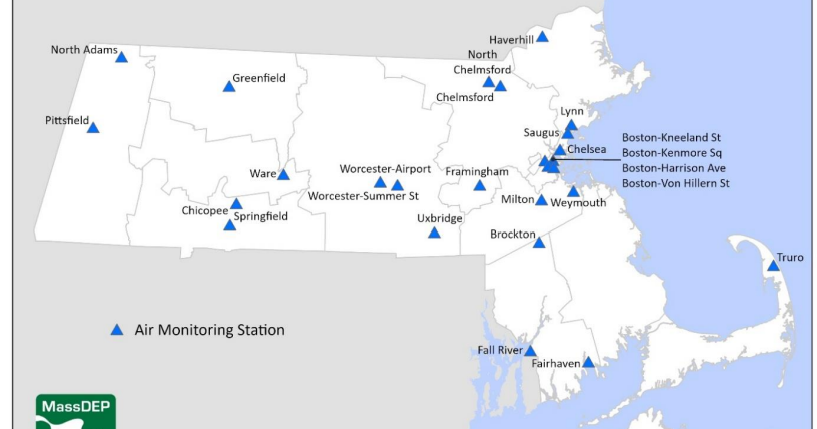Breathing Danger: Cities Unveil Radical Plan to Track Toxic Air Zones

Massachusetts Department of Environmental Protection (MassDEP) maintains a comprehensive air quality monitoring network that spans 26 stations across 21 diverse communities. In a recent network assessment released in June, the agency highlighted its strategic approach to environmental monitoring, with a particular focus on tracking critical air pollutants like ozone and particulate matter.
These strategically placed monitoring stations serve as environmental sentinels, providing crucial data about air quality and helping protect public health. By closely monitoring key air quality indicators, MassDEP can quickly identify potential environmental risks and develop targeted strategies to maintain clean, breathable air for Massachusetts residents.
The extensive monitoring network reflects the agency's commitment to environmental stewardship and community well-being, ensuring that air quality remains a top priority for the Commonwealth.








